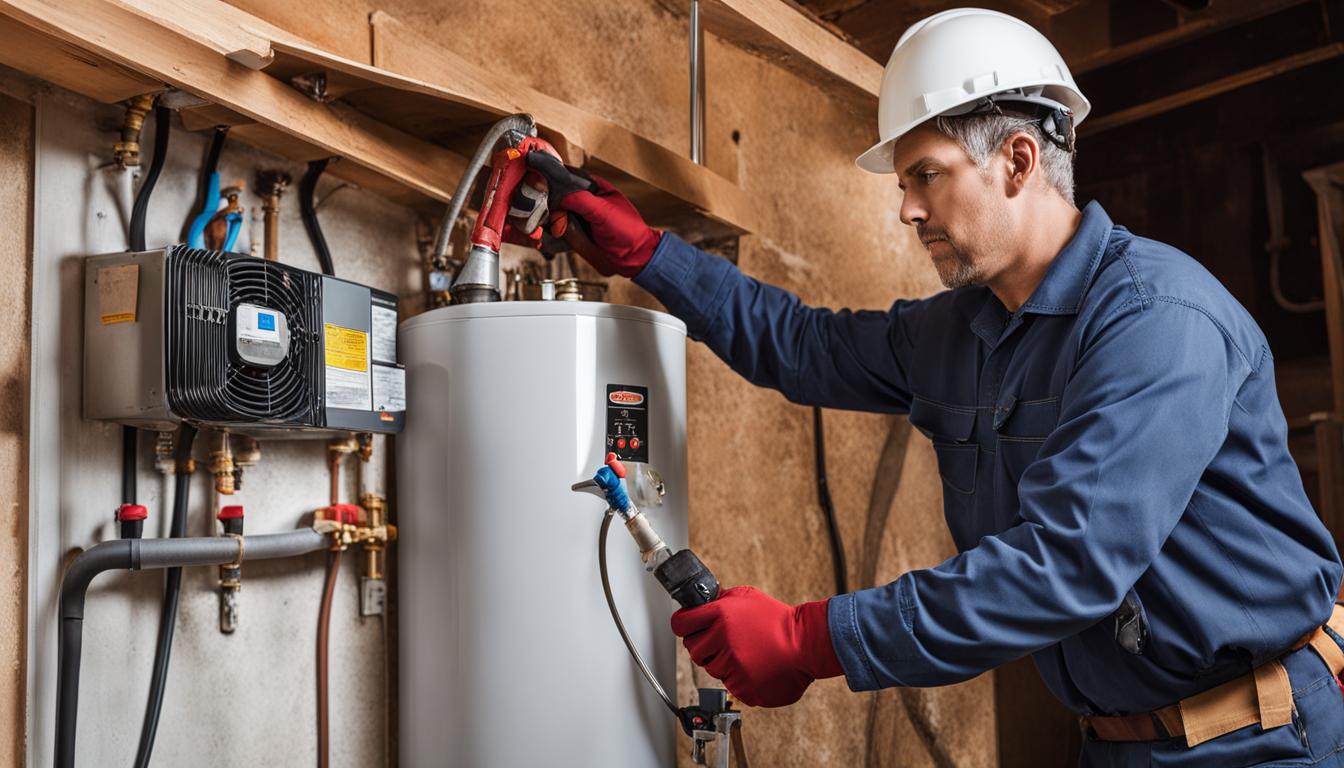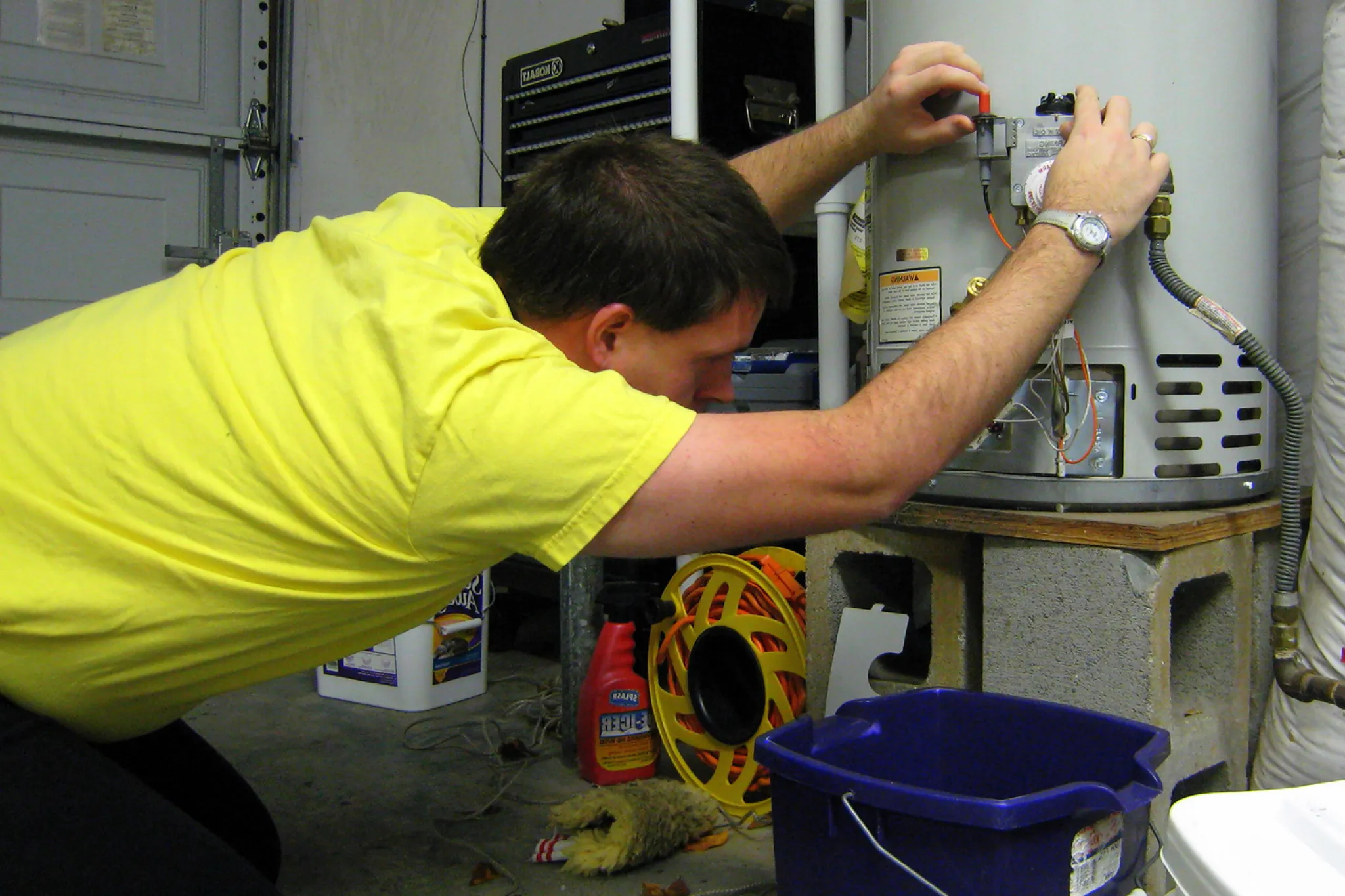Key Tips on Maintaining Your Home's Hot Water System
Key Tips on Maintaining Your Home's Hot Water System
Blog Article
They are making a few great observations related to What Kind of Maintenance Do Water Heaters Need? as a whole in the article underneath.

Warm water is crucial for day-to-day convenience, whether it's for a refreshing shower or cleaning dishes. To ensure your hot water system runs efficiently and lasts longer, regular maintenance is crucial. This article supplies sensible suggestions and understandings on just how to keep your home's hot water system to prevent disruptions and costly repairs.
Introduction
Keeping your home's hot water system may seem complicated, however with a couple of basic actions, you can guarantee it runs efficiently for several years to find. This overview covers whatever from recognizing your warm water system to DIY maintenance ideas and recognizing when to call in expert assistance.
Relevance of Maintaining Your Hot Water System
Routine maintenance not just expands the life-span of your warm water system but also ensures it operates effectively. Disregarding upkeep can cause reduced effectiveness, higher energy bills, and also early failing of the system.
Indications Your Hot Water System Needs Upkeep
Recognizing when your warm water system requires focus can stop significant concerns. Keep an eye out for indicators such as irregular water temperature level, unusual noises from the heating unit, or rustic water.
Flushing the Water Heater
Flushing your water heater gets rid of sediment build-up, enhancing effectiveness and extending its life.
Checking and Replacing Anode Rods
Anode rods prevent deterioration inside the storage tank. Checking and replacing them when worn is essential.
Complex Issues Requiring Specialist Assistance
Examples include significant leakages, electrical problems, or if your hot water heater is continually underperforming.
Routine Professional Upkeep Perks
Expert maintenance can consist of detailed assessments, tune-ups, and making sure conformity with safety and security requirements.
Examining and Adjusting Temperature Level Setups
Adjusting the temperature level settings ensures optimum performance and safety.
DIY Tips for Maintenance
You can carry out numerous upkeep tasks on your own to maintain your hot water system in leading problem.
Checking for Leakages
On a regular basis examine pipes and links for leaks, as these can bring about water damages and higher expenses.
Understanding Your Warm Water System
Before diving right into maintenance jobs, it's valuable to recognize the fundamental components of your warm water system. Generally, this consists of the water heater itself, pipelines, anode rods, and temperature controls.
Monthly Upkeep Tasks
Regular regular monthly checks can aid catch small problems prior to they escalate.
Checking Stress Relief Valves
Examining the pressure safety valve ensures it functions properly and stops extreme stress accumulation.
Insulating Pipelines
Shielding hot water pipes lowers heat loss and can save power.
When to Call a Professional
While DIY upkeep is advantageous, some problems call for professional experience.
Conclusion
Routine upkeep of your home's warm water system is essential for effectiveness, long life, and cost savings. By complying with these pointers and knowing when to seek specialist help, you can guarantee a trusted supply of hot water without unforeseen interruptions.
Water Heater Maintenance: The Basics
Maintaining your water heater will ensure it operates efficiently and has a longer lifespan. Neglecting regular maintenance can lead to costly repairs and an even bigger chunk of your savings if you have to replace it sooner than necessary. But there’s good news: Most water heater maintenance tasks are relatively simple and easy for homeowners with basic DIY skills.
Flush the Water Heater
Over time, sediment and minerals can build up in the tank, reducing its efficiency and potentially causing damage. To flush the tank, turn off the power or gas supply, attach a hose to the drain valve near the bottom and open the valve to drain the water until it runs clear. Ideally, flush the tank annually.
Replace the Anode Rod
The anode rod is a sacrificial metal rod that helps prevent corrosion inside the tank. Inspect and replace it every three to five years or per the manufacturer's recommendation. To replace the anode rod, turn off the power or gas supply, drain a few gallons of water from the tank, unscrew the old rod and replace it with a new one. If the anode rod is significantly corroded or covered in calcium buildup, it's a sign the water heater may need to be replaced soon.
Tune-Up
A yearly tune-up can help identify potential issues and ensure your water heater operates at peak efficiency. This typically involves checking the thermostat, burner assembly (for gas heaters) and any other components specified by the manufacturer. During a tune-up, the technician may also clean the burner and adjust the pilot light (for gas heaters) or examine the heating elements (for electric heaters).
How to Maintain Your Water Heater
Insulate the tank. Insulating the tank can improve energy efficiency and reduce heat loss, saving you money on energy bills. You can purchase precut insulation blankets designed specifically for water heaters or use standard fiberglass insulation wrapped securely around the tank. Check the temperature. The recommended water temperature for most households is around 120 degrees Fahrenheit (49 degrees Celsius). Higher temperatures can increase energy costs and potentially cause scalding. Use a kitchen thermometer to check the temperature at the faucet nearest the water heater. Monitor water pressure. Excessive water pressure can strain the water heater and cause leaks or even tank failure. Install a pressure-reducing valve if necessary. The ideal water pressure range is between 60 and 70 PSI (pounds per square inch). Test the temperature and pressure (T&P) relief valve. The T&P relief valve is a safety feature that releases pressure if the tank gets too hot or the pressure builds up too high. Test it annually by lifting the lever and allowing a small amount of water to release. Replace the valve if it doesn't release water or reseal properly. Check for leaks. Regularly inspect the tank, pipes and fittings for leaks or corrosion. Deal with issues promptly to prevent further damage. Even a small leak can lead to significant water damage over time. Consider a tankless water heater. If your traditional tank-style water heater is nearing the end of its lifespan ( typically 10 years), consider replacing it with a tankless water heater. These units heat water on demand, reducing standby energy losses and potentially saving you money on your energy bills. Schedule professional maintenance. While homeowners can perform many water heater maintenance tasks, it's still a good idea to schedule professional maintenance every few years. A plumber or HVAC technician can thoroughly inspect the unit, identify potential issues and ensure it operates safely and efficiently. https://www.homeserve.com/en-us/blog/home-improvement/hot-water-heater-maintanence/

Do you really like reading up on Tips on Maintaining a Water Heater? Leave a remark down the page. We would be delighted to hear your reactions about this write-up. In hopes to see you back again later on. Sharing is good. Helping others is fun. Thank-you for going through it.
Estimate Free Report this page